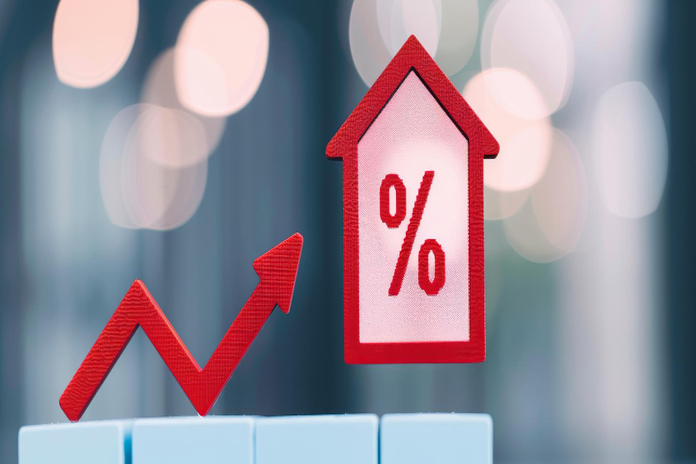Mortgage rates have seen a slight increase from the previous week, reflecting ongoing market anticipation of potential Federal Reserve interest rate cuts. As investors continue to speculate on the Fed’s next move, the average rate on a 30-year fixed-rate mortgage edged up to 6.49%, a minor increase from last week’s 6.47%, according to Freddie Mac. This rate is still significantly lower than last year’s average of 7.09%, offering a glimmer of hope for prospective homebuyers and those looking to refinance.
Understanding the Current Mortgage Rates Trends
Despite the slight uptick, the current mortgage rates remain well below the nearly 8% peak witnessed in 2023. This decrease has provided some relief to the housing market, which had slowed dramatically under the weight of higher borrowing costs. Sam Khater, Freddie Mac’s chief economist, noted that the current rates hovering around 6.5% are expected to trend downward in the coming months as inflation continues to ease. For potential buyers and sellers, this is a positive sign, indicating a more favorable environment for real estate transactions.
Bond traders are playing a key role in this scenario, anticipating that the Federal Reserve will implement rate cuts in the near future. This expectation has helped keep mortgage rates lower in recent weeks, with the possibility of further reductions if the Fed moves to cut rates in its upcoming policy meeting. The debate now centers on the extent of the potential rate cut and its timing, both of which will significantly influence mortgage rates trends.
Market Activity and Home Loan Applications
The slight decrease in mortgage rates over the past few months has led to a noticeable increase in market activity. The Mortgage Bankers Association reported a 3% increase in applications to purchase homes compared to the previous week. However, despite this uptick, the number of applications remains 8% lower than the same week last year, highlighting the ongoing challenges in the housing market.
Refinancing activity, on the other hand, has surged dramatically. The MBA’s data shows a 35% increase in applications to refinance home loans from the previous week, marking a 118% jump compared to the same period last year. This is the strongest weekly gain since May 2022, indicating that many homeowners are taking advantage of the lower rates to restructure their existing loans, reducing their monthly payments and overall interest costs.
Housing Affordability Challenges Persist
While the trends in mortgage rates offer some optimism, housing affordability remains a significant issue for many buyers. The National Association of Realtors (NAR) recently released data indicating that affordability has deteriorated in the second quarter of 2024, largely due to elevated mortgage rates and record-high home prices.
The NAR affordability index, which measures whether a typical family earns enough income to qualify for a mortgage on a median-priced home, dropped to 94.3 in the second quarter, down from 98.7 during the same period last year. A score below 100 indicates that the average family is struggling to afford a home in their region, with the current score reflecting a challenging environment for many would-be homeowners.
The data also revealed that the average monthly mortgage payment on an existing home, with a 20% down payment, has risen to $2,262, an 11.1% increase from the first quarter. This means that families are now spending over 26% of their income on mortgage payments, further straining household budgets in an already tight economic climate.
Looking Ahead: What to Expect
As the market continues to monitor the Federal Reserve’s actions, the future direction of mortgage rates remains uncertain. A rate cut could provide further relief and potentially lower borrowing costs for homebuyers and those looking to refinance. However, ongoing issues with affordability and supply constraints will continue to challenge the housing market.
For now, the slight uptick in mortgage rates serves as a reminder of the volatility in the market, driven by economic conditions and investor sentiment. Potential buyers and homeowners should stay informed and consider their options carefully as they navigate the evolving landscape of mortgage rates trends.
Featured Image: Freepik



